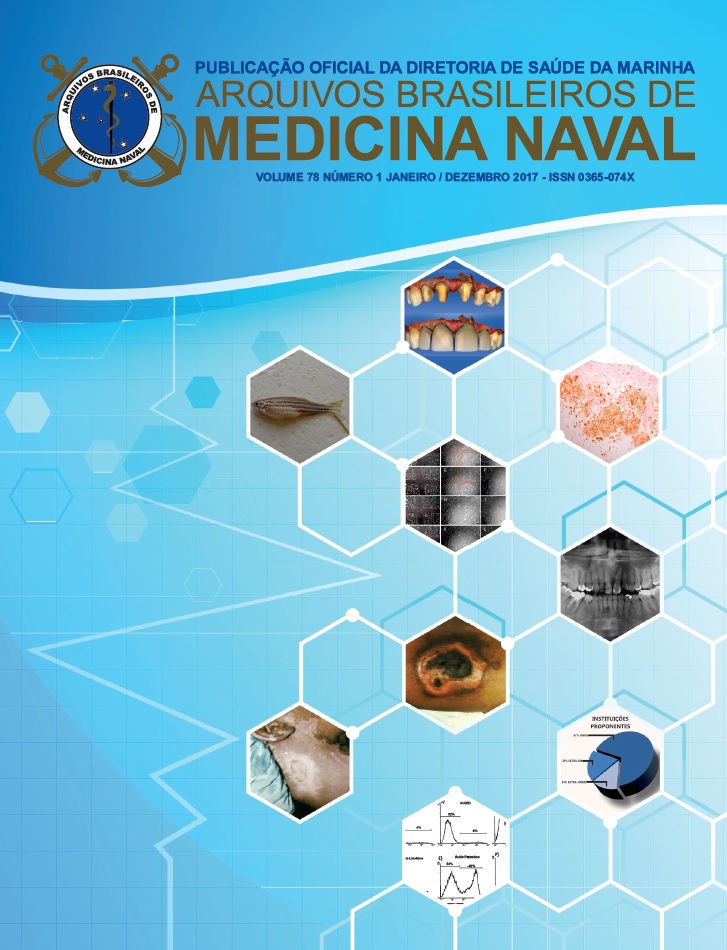Antitumor potential of Bumelia sartorum stem barks
Abstract
In traditional medicine, tea from the bark of the stem of Bumelia sartorum is used to struggle with different types of diseases, including cancer. The present work studies scientific evidences of the antitumor activity attributed popularly to this species, searching for a proposal of the mechanism of action involved, besides the investigation of the effect on normal cells. Methods: Anticancer potential was evaluated against different human tumor cell lines: A549, K562, Jurkat, MCF7 and PC3. The toxic effect on normal murine lymphocytes was also checked. Results: The patterns of palmitic and linoleic acids, predominant in the DCM partition, as well as the AcOEt partition and the F5 fraction showed a high inhibitory effect on the viability of the tumor lines, being more active against Jurkat type cells. The antileukemic action of these samples seems to be related to the induction of apoptosis. In addition, most samples derived from B. sartorum at high concentrations showed low toxicity to normal lymphocytes. Conclusion: The activity found shows that the ethnopharmacological approach in the choice of plants for studies may be useful, and the results indicate that the species can be considered as a potential alternative for the research of new drugs for the treatment of cancer, especially for T cells acute leukemia. Keywords: Drug screening assays, Antitumor. Bumelia sartorum. Fatty Acids. Phenolic compounds

